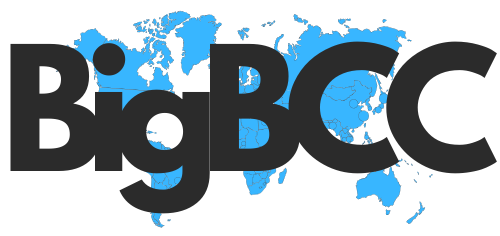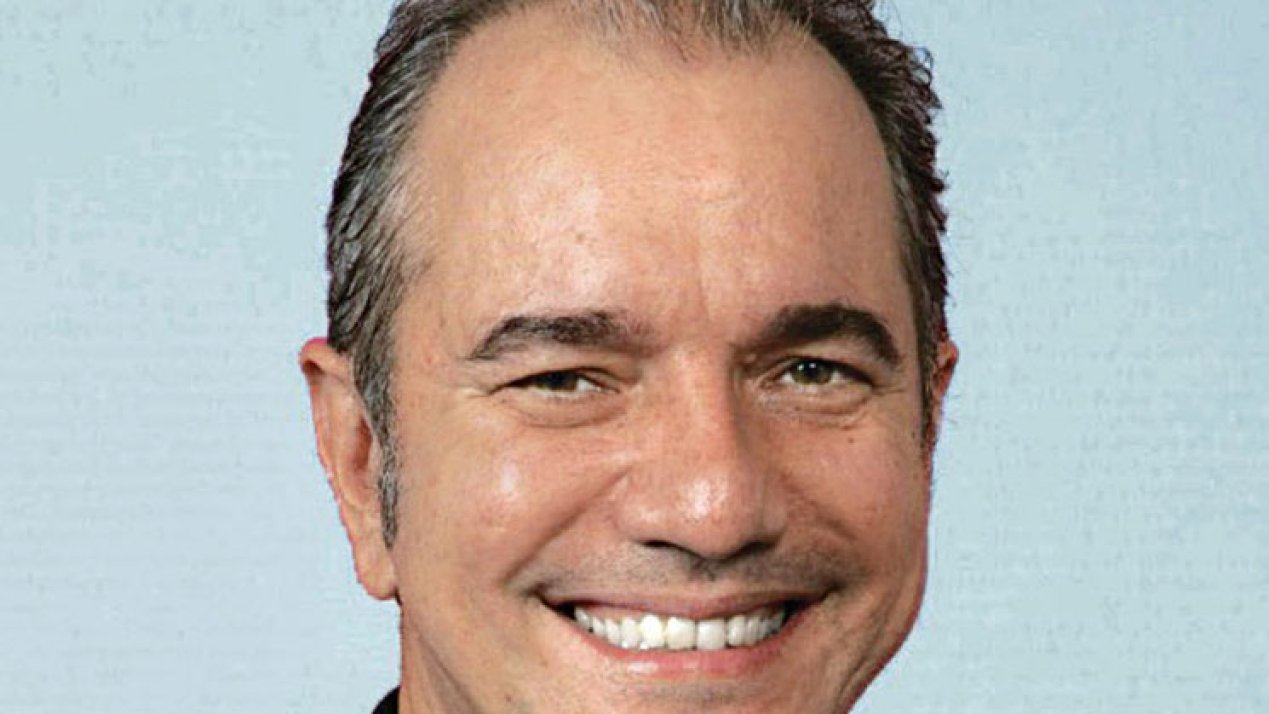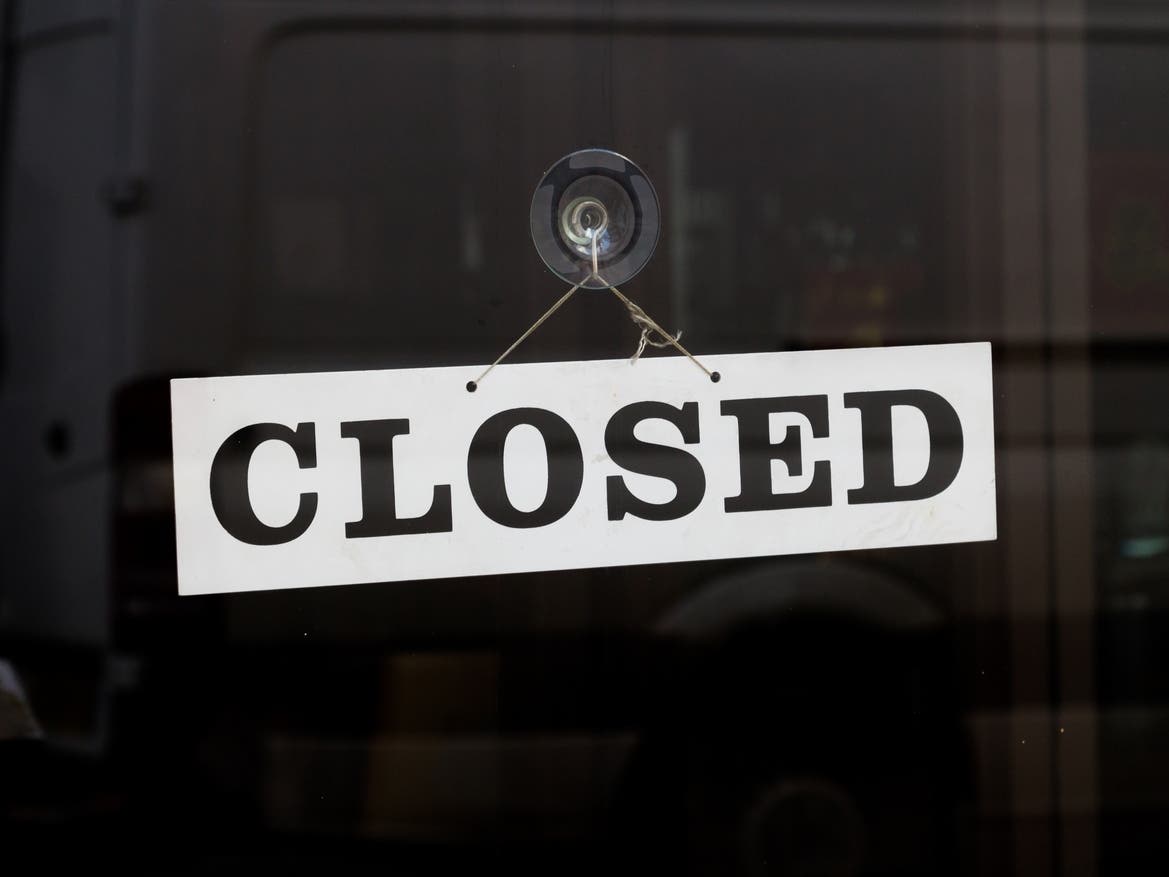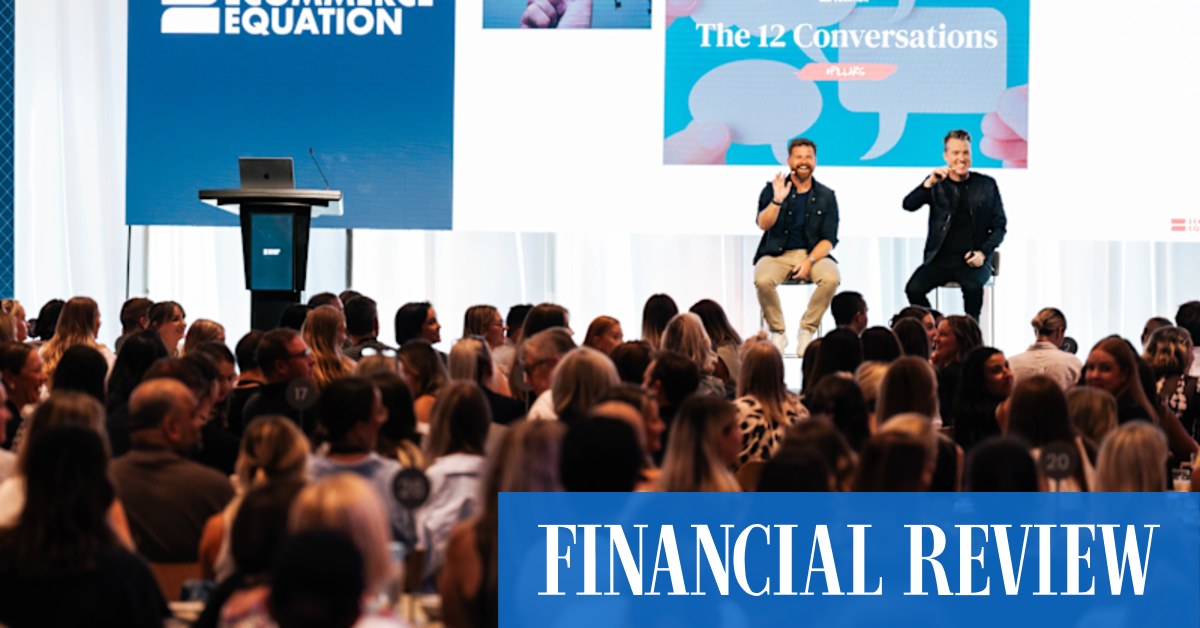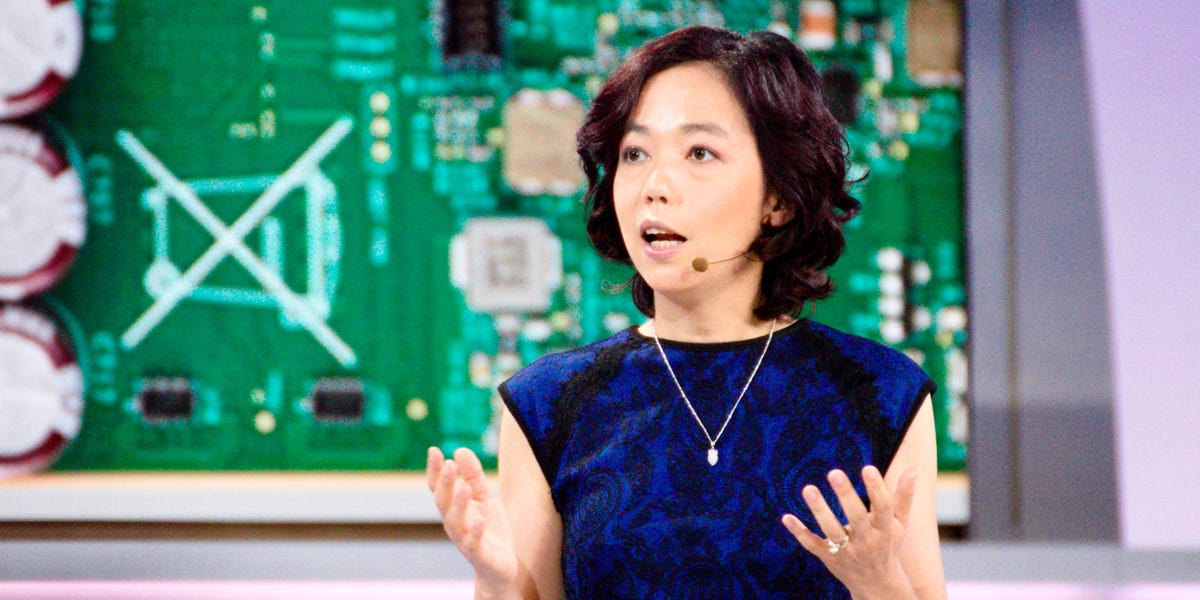Mexico isn’t just growing, it’s breaking records. According to the latest Online Sales Study by AMVO, in 2024, it was the fastest-growing country in the world for online retail sales. The numbers are impressive: MX$789.7 billion (US$43.1 billion), a 20% increase over 2023 (+16.3% in dollars). There are now 67.2 million Mexicans shopping online, representing 15.8% of total retail. Six consecutive years of double-digit growth have solidified Mexico as one of the most dynamic markets in Latin America.
The digital podium is clear: Amazon leads with 121 million monthly visits, followed by Mercado Libre with 99 million. AliExpress, Walmart, and Liverpool complete the front line. Over 60% of transactions are made via mobile, meaning the playing field is set, and those who don’t optimize the mobile experience are out of the game.
The boom isn’t exclusive to the big players. During Hot Sale 2025, sales by SMEs grew 70% year-over-year, led by fashion, health, and beauty. Mexican consumers are hungry for variety: 62% bought clothing online in 2024, and demand is also accelerating in appliances, home goods, and digital services. The country’s young population and high connectivity—83.2% internet penetration and 80% smartphone usage—are natural engines of this takeoff.
The Financial Front: Digitalization in Action
Bank cards remain the primary payment method (over 70% of transactions), but the payment landscape is diversifying. Mercado Pago and local fintechs are gaining millions of users. The SPEI system processed 5.34 billion transfers in 2024 (MX$219 trillion), and the percentage of Mexicans using electronic payments jumped from 8.2% in 2021 to 23.7% in 2024.
BNPL (Buy Now, Pay Later) is projected to grow from US$4.6 billion in 2024 to US$18.5 billion by 2030. Yet, cash still dominates the informal economy. OXXO Pay serves as a reminder that digital inclusion requires hybrid bridges.
Logistics: The Great Service Battle
Digital demand is driving historic investment: Mercado Libre announced MX$3.4 billion to expand its network and hire 10,000 employees; Amazon will invest US$5 billion in a data center in Queretaro. Lockers, drones, and last-mile models are being tested, but the rural gap persists. This is one of the biggest outstanding issues: reducing delivery times and handling returns as quickly as demand is growing.
The strengths are clear: youth, connectivity, growing financial inclusion. But so are the weaknesses: limited trust in online security, deep-rooted cash use in the informal economy, and an urban-rural gap that limits access. On top of that is the regulatory challenge: digital taxes, data protection, and global standards that Mexico must adopt to stay competitive.
Looking Toward 2030: From Boom to Digital Habit
The future is omnichannel: 85% of consumers already blend physical and digital shopping. Technologies like artificial intelligence, chatbots, augmented reality, voice search, and biometric payments are set to redefine the experience. Cross-border e-commerce already reaches 80% of Mexican buyers and will represent 20% of total online sales by 2027.
B2B is also going digital, with smarter supply chains and automated purchasing platforms. All this points to projected annual growth rates of 20–30% in the coming years.
As a Latin American who has been part of this ecosystem for 25 years, I’ll say it plainly: Mexico has a historic opportunity. It leads in growth, attracts massive investments, and has a young, connected consumer base. But true success will not be measured by sales volume alone, but by the ability to close gaps: reduce dependence on cash, bridge the urban-rural divide, build trust in digital security, and establish clear regulatory frameworks.
The current boom must become a digital habit — a path to sustainable competitiveness. Those who invest in mobile, innovative logistics, and customer experience will be in pole position for the next chapter.
Let’s not forget something essential: behind every click is a real person. The challenge is to ensure that technology doesn’t just drive transactions, but fosters inclusion, trust, and equity.
The true impact of digital commerce in Mexico will not lie in the “how much,” but in the “how.” How we reduce inequality, how we foster inclusion, how we empower talent and trust. If we do more with less — if we join our fingers into a common fist — Mexico’s leadership will be more than a record: it will be the engine of a regional ecosystem that learns, unlearns, and relearns in order to keep growing.
